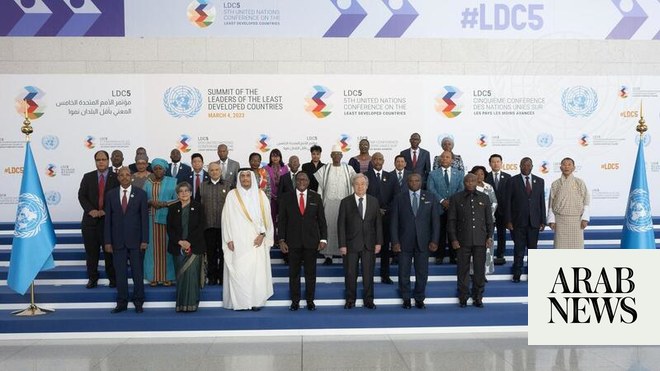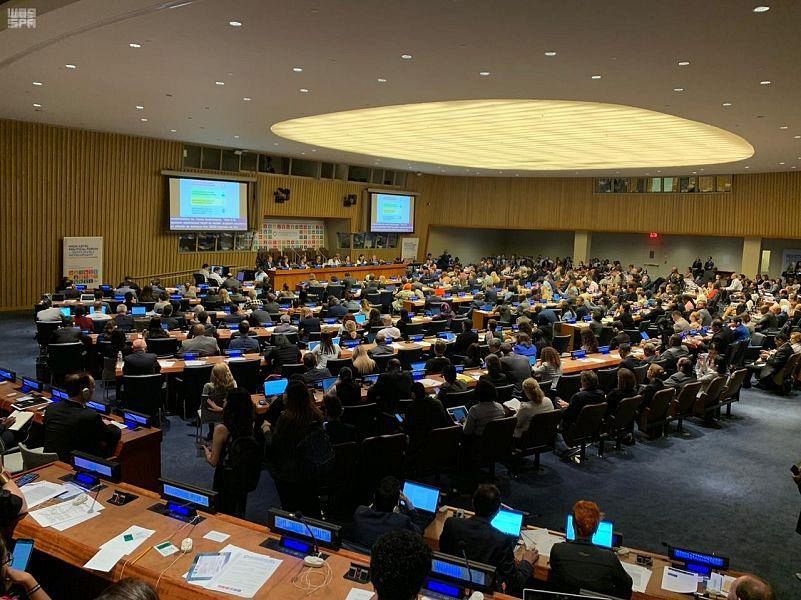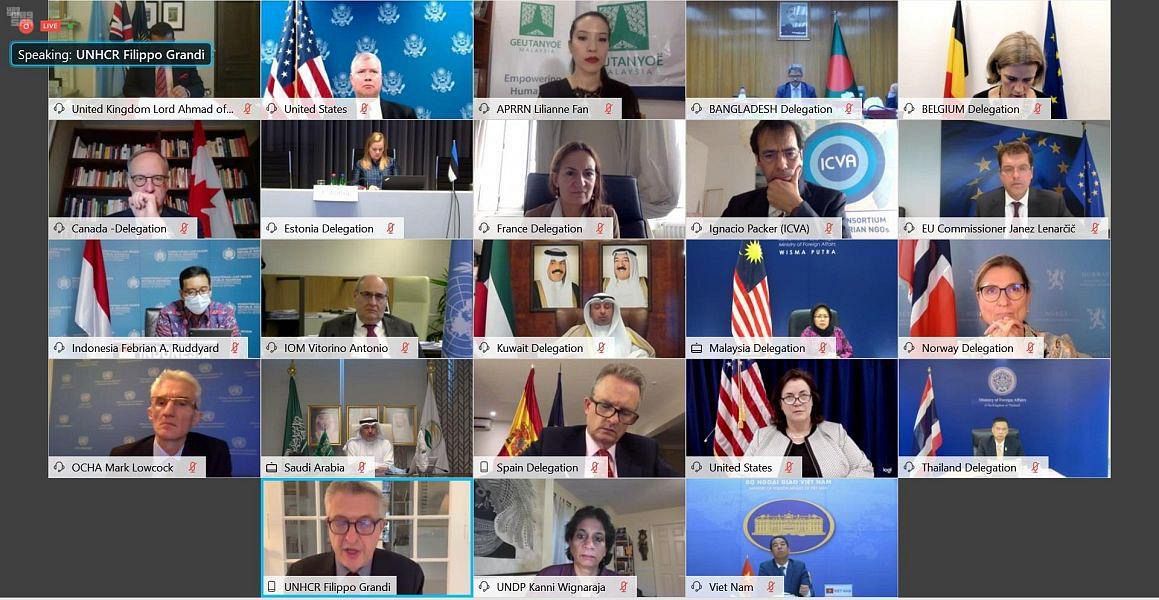
JEDDAH: June 28 marked the opening of the Saudi pavilion at the 2022 UN Ocean Conference, which takes place in Lisbon, Portugal, and runs until July 1.
The Saudi pavilion, titled “Blue Saudi,” is aimed at shedding light on the health of the Red Sea and the Kingdom’s leading role in researching its unique habitats and ecosystems, and protecting and regenerating the region.
The 2022 UN Ocean Conference, in its second edition, got underway on June 27 and is co-organized by the governments of Portugal and Kenya.
It aims to inspire a global effort to rebuild marine life, emphasizing the critical role that the oceans play in stabilizing climate systems.
The first edition of the conference was in 2017 and took place at the UN’s headquarters in New York.
This year’s conference theme is “Scaling Up Ocean Action Based on Science and Innovation for the Implementation of Goal 14: Stocktaking, Partnerships, and Solutions.”
According to the UN website, Sustainable Development Goal 14 is about “Life below water” and is one of the 17 SDGs established by the UN in 2015. The official wording is to conserve and sustainably use the oceans, seas, and marine resources for sustainable development.
In line with the UN Decade of Ocean Science for Sustainable Development 2021-2030, UN Secretary-General Antonio Guterres stressed the importance of international unity to help oceans and marine life survive.
UN Secretary-General Antonio Guterres.
Guterres said in a statement during the opening ceremony of the conference: “The ocean connects us all — sadly we have taken the ocean for granted and today we face what I would call an ocean emergency.”
He added: “We must turn the tide. Global warming is pushing ocean temperatures to record levels, creating fiercer and more frequent storms … Much more needs to be done by all of us together.”
Saudi Arabia has previously announced several key commitments as part of broader ambitions to drive sustainability, including increasing the percentage of marine protected areas to 30 percent of its waters and planting 100 million mangroves by 2030.
Dr. Mohammad Qurban, head of the Saudi delegation to the UN Ocean Conference, said: “Our presence at this globally significant conference demonstrates our commitment to not only taking part in the conversation but sharing the lessons learned about our coastline and oceans.
“The goal is to play a connecting role, bringing together countries who border these waters, to ensure a comprehensive approach to protecting the Red Sea is developed and successfully delivered.”
Qurban, who is also the CEO of the Saudi National Center of Wildlife, said: “Ultimately, the Kingdom hopes to export the scientific learnings discovered and the positive application of innovative solutions, with the rest of the world, as we all unite together to confront some of the biggest challenges facing people and planet today.”
The “Blue Saudi” pavilion showcases many ambitions and ongoing efforts in the field of ocean regeneration.
Since the Red Sea is the world’s warmest and saltiest ocean, and provides a home to extensive coral reef banks and a narrow deep central axis as large in area as the Great Barrier Reef, the Kingdom is highly focused on researching these unique habitats to provide a better understanding of their challenging conditions.
It is also aiming to develop technologies to help expand coral habitats and to enable biodiversity to flourish.
On the opening day, the pavilion hosted an event to facilitate conversations around the role of science and innovation in enabling regenerative development of the Red Sea, and how meaningful partnerships and collaboration, coupled with good governance, are driving positive action in the marine environment.
To register interest and attend the event visit: www.bluesaudi.com








